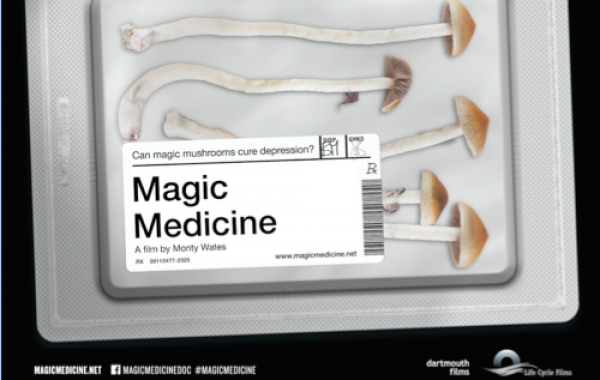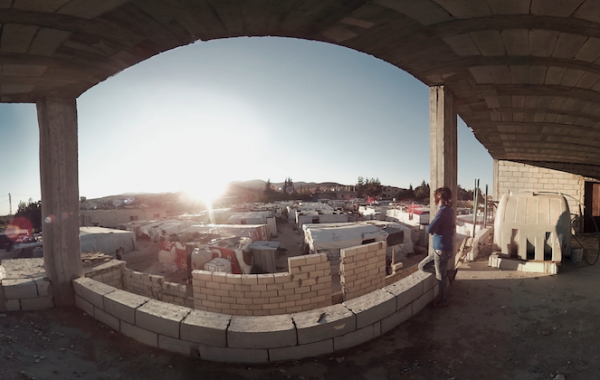The Displaced: Vrse.works creates virtual reality documentary about refugee children for New York Times VR
The 11-minute short documentary, The Displaced, which was co-directed by Vrse.works creator Imraan Ismail and New York Times’ Ben C Solomon, tells the stories of three children whose lives have been upended by conflict and follows them as they move forward and try to rebuild their lives in the aftermath of earth-shattering events. Viewers will be able to witness these children’s lives through their own eyes in 360 degrees, their homes, families and daily activities, a fully immersive way to experience their everyday reality.
Vrse.works’ latest virtual reality documentary is a creative collaboration with Google and the New York Times and is available to view on the newly launched app NYTVR. The New York Times wants to encourage a deeper understanding of this global crisis and so over 1 millions subscribers received a free Google Cardboard virtual reality headset packaged on Sunday 15 November. Using the headset, they can view The Displaced on their smartphones, and be transported from their homes to war-torn locations around the world.
In June of this year, the UN reported that there are now 60 million refugees fleeing wars and conflicts worldwide. Half of those displaced are children. This staggering, unprecedented statistic throws up the question of resilience, how do children move on and recover from the world-destroying violence and dislocation caused by adults?
When The New York Times came to Imraan Ismail with the idea of filming children refugee in VR, he felt this was the best way to both personalize the issue and to show its scope as VR has an ability to put us in places we could never go. ”It is an art, using all the tools of a filmmaker applied specifically to VR, it has the ability to express feeling and emotion and force the viewer to not just view it, but to swim in it. And ultimately, to express truth, not just reality.”
It is obviously a challenge to film children in such difficult circumstances. “I looked for ways that we could really get close and personal”, Ismail continues. “I always shot at the child's height. I designed shots where the child would just look at us in surreal metaphorical shots for their existence, and we were forced to look at them, and acknowledge them, and love and accept them. I put the camera in their hands at times and we moved with them as best we could, to try and make the most personal and intimate of these types of VR films we could possibly make. This, of course, required us, as filmmakers, to get up and close with these children. We played with them. We asked them to represent the faceless. Each one of these children and the millions like them exist just a shade away from death. I hope that the viewer of this film, in their own way, grasps the gravity of this and the humanity of The Displaced refugees living half-lives all around the world. They deserve better. We all do.”
If you already have you Google VR headset, you can view the Displaced here.
Featured Work
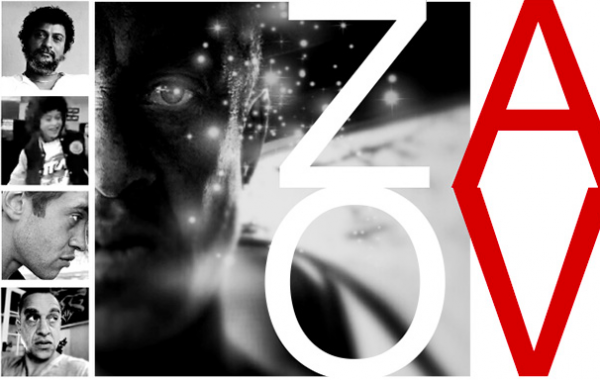
Zak Ové
View Details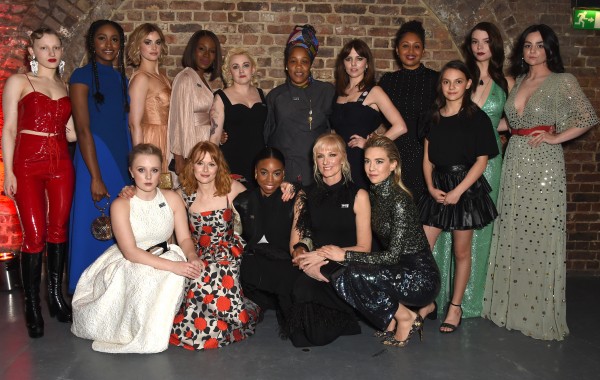
TIME’S UP UK
View Details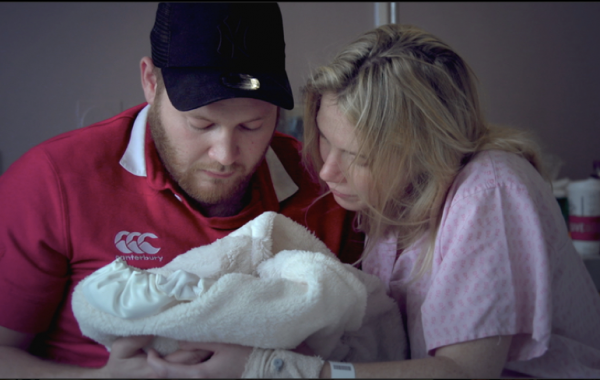
Channel 4
View Details